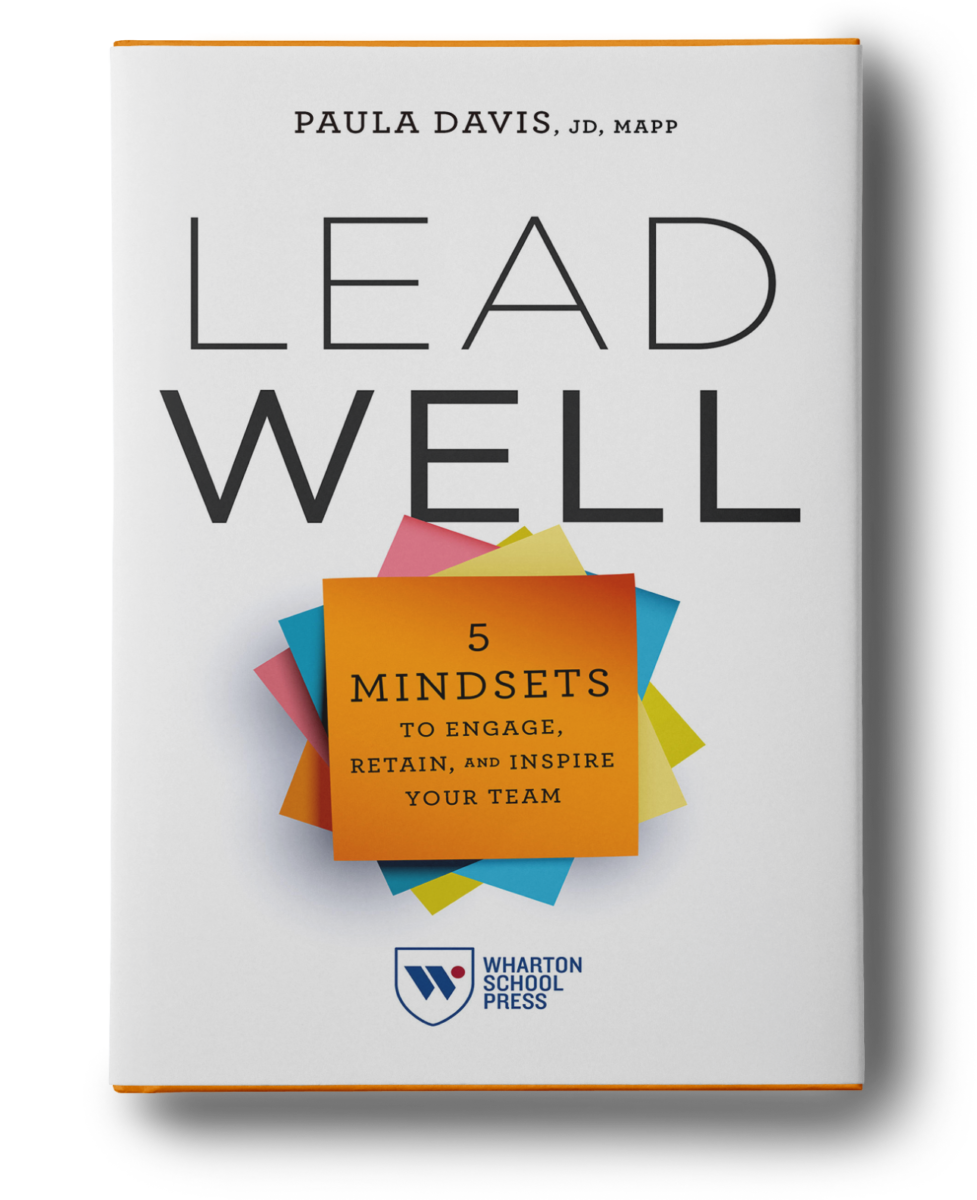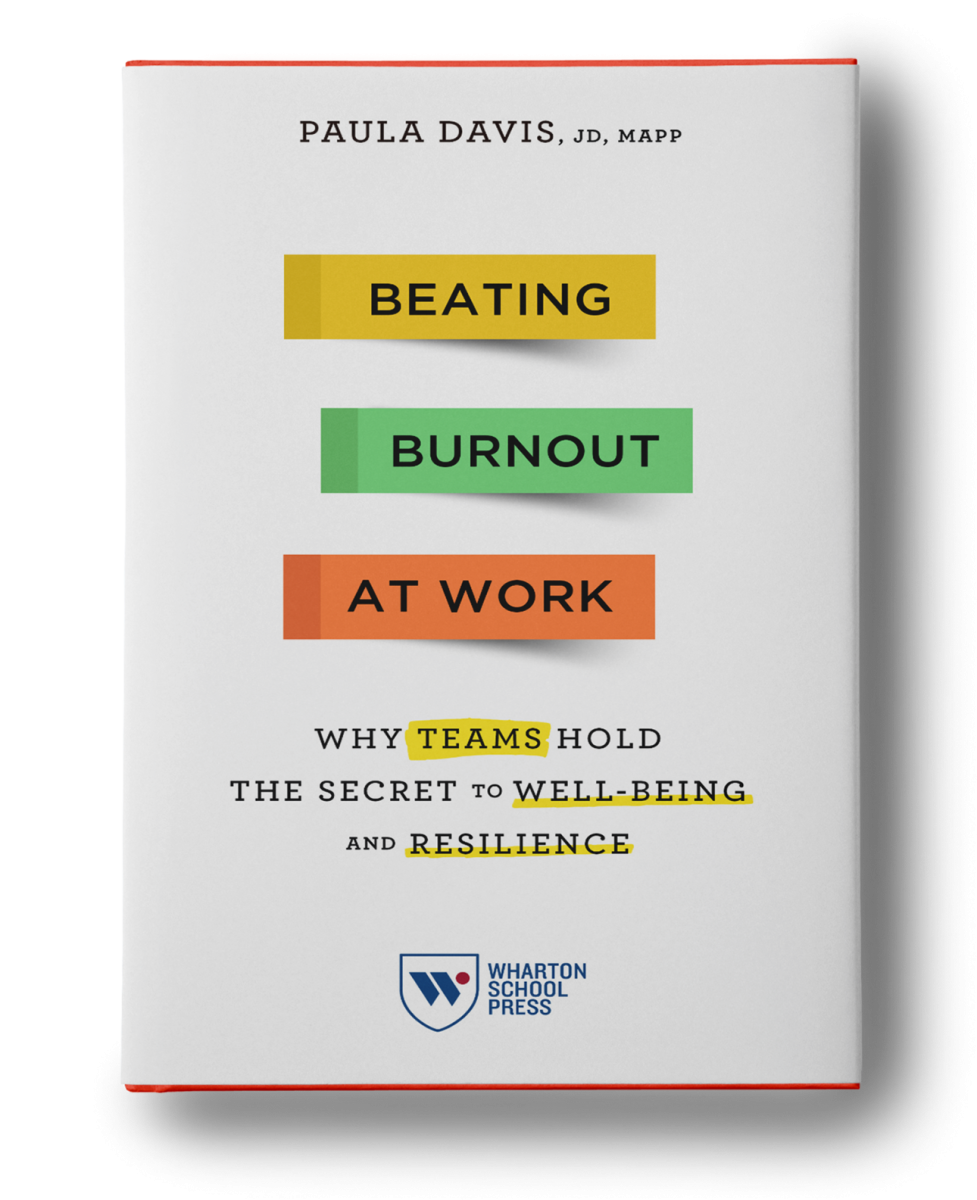I love baseball. I have been watching the game in earnest since 1984 when I became a Cubs fan, thanks to my mom and grandma who both grew up in northern Illinois. They took me to my first game at Wrigley, and I spent most days that summer watching games and scoring them in my notebook.
Fast forward to today, and as a resilience researcher and educator, I often use sports metaphors and teams to illustrate key concepts. After all, sports teams provide a wealth of examples to illustrate what bouncing back looks like when things don’t go as planned, particularly under high levels of stress and pressure. The Cubs didn’t even make it into the post-season this year, so I decided to root for the Milwaukee Brewers, since I live near the city. When the Nationals beat the Brewers in stunning fashion in the wild card game, I texted my friend, who is a Nationals fan, and said, “Just wait, the Dodgers are next level.” Well, we all know how that turned out.
The Nationals were a paragon of resilience this year, but I know that they created resilience within the team in a very intentional way. Here are three key things the Nationals did as a team to foster resilience (and that you can apply to your own work teams):
They displayed the five markers of team resilience. Research shows that resilient teams go through a rather predictable cycle which looks like this: resilient teams (1) address problems quickly; (2) they sustain team cohesion (fractures in the team bond are rare); (3) they preserve valuable resources (not only tangible resources, but also mental and emotional resources); (4) which makes them able to bounce back quickly during stress and pressure; and (5) they stay ready to meet new challenges that arise.
Here are just a few of the challenges the Nationals overcame this season:
- They started the season 19-31
- They trailed 3-1 in the 8th inning of the wild card game against the Brewers
- They trailed 3-1 in the 8th inning of the final game of the divisional series against the Dodgers
- After winning the wild card game, their next three opponents – the Dodgers, Cardinals and Astros – combined for 304 wins, the most a World Series winner has faced since the expanded playoffs began
- They became just the 5th team in World Series history to overcome a multi-run deficit in the 7th inning or later of Game 7
They had fun. So many work teams I teach and consult with have forgotten about the importance of positive emotions. Positive emotions are strongly linked with resilience and are particularly important in today’s work environment, where work has become a complex tangle of globalization, specialization and runs at a 24/7 pace driven by technology that many people have a hard time keeping up with without burning out. Chronic stress repels positive emotions, yet it’s the precise type of environment that requires them. Teams that prioritize positive emotions and focus on solidifying the connectedness of the people within their teams experience more openness, and thus higher levels of cohesion and resilience. It’s fun to watch teams that are having fun.
They stayed connected. Resilient teams stay connected, which is particularly important when working on a difficult long-term project or goal. One way to measure cohesion in a group is to ask team members to assess the extent to which they are personally energized after interacting with another person. You are around a positively energizing colleague when you can say yes to these statements:
- I would go to this person when I need to be “pepped up.”
- After interacting with this person I feel more energy to do my work.
- I feel invigorated when I interact with this person.
- I feel increased vitality when I interact with this person.
When people have a chance to work with positively energizing leaders and colleagues, they experience significantly higher personal well-being, higher job satisfaction, higher engagement with the organization and higher job performance. Emotions are contagious – it’s easy to tell when a team is feeding off of positive energy or just going through the motions.
Cultivating positive relationships, defined as those that generate enrichment, vitality and learning, is one of the most important things a team can do. Positive relationships increase resilience, allow team members to better deal with intense emotions, produce higher levels of trust, creativity and innovation, create healthier team functioning generally and increase commitment to the team and organization.
I’m sure there were many more aspects of resilience happening behind the scenes and throughout the season within the Nationals organization, but the above were ones I saw clearly on display as a baseball fan watching their games.
Resilience doesn’t happen by luck. It’s a specific set of skills that teams can practice and improve. As workplace teams face continued change, high customer demands and increased workloads, resilience tools are imperative to keep your teams high performing and effective.







